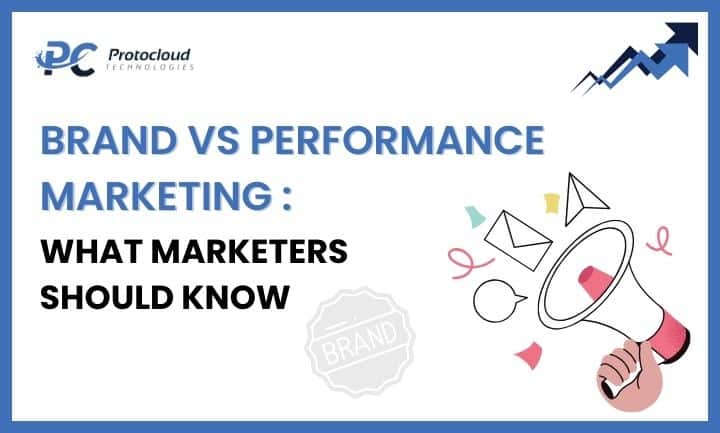In today’s digital ecosystem, gaining a clear understanding of marketing principles from credible sources is crucial. For example, a digital marketing course in Jaipur can provide foundational knowledge and practical skills, equipping learners with the tools to comprehend how brand marketing builds trust and how performance marketing drives direct outcomes. This knowledge empowers marketers to create campaigns that truly resonate with diverse audiences and meet real business needs. Similarly, leveraging professional digital marketing service providers can bring expert guidance and technical expertise that complements the strategic insights gained through education. Together, these resources enable a well-rounded approach to marketing grounded in proven methods and up-to-date practices.
This article offers a comprehensive, user-first insight into brand marketing and performance marketing, highlighting their unique objectives, metrics, timelines, and roles. It will also explain how integrating both can optimize growth and why building expertise through a skills matrix is essential for marketing professionals.
What is Brand Marketing?
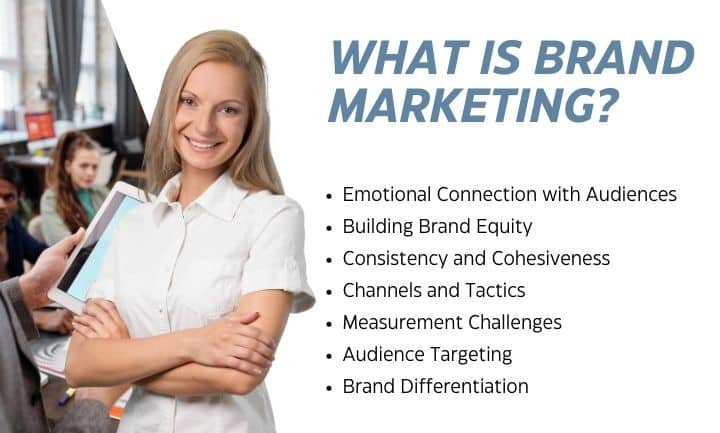
Brand marketing is a long-term strategic approach aimed at shaping how a company or product is perceived by its audience. It goes far beyond simple promotion—it builds the soul of the business through consistent messaging that conveys the brand’s story, mission, and values.
- Emotional Connection with Audiences: Brand marketing seeks to create emotional bonds with customers. This emotional resonance is a powerful driver in consumer behavior, fostering trust and loyalty. Customers often make decisions based on how a brand makes them feel rather than just product features or price.
- Building Brand Equity: Equity is the value derived from consumer perception of the brand name rather than just the product itself. High brand equity can justify premium pricing, encourage word-of-mouth marketing, and provide a buffer during competitive or economic challenges.
- Consistency and Cohesiveness: A critical aspect of brand marketing is consistency, whether in visuals, tone, or messaging. This uniformity across channels reinforces recognition and trust over time, so customers can easily identify and connect with the brand.
- Channels and Tactics: Typical brand marketing tactics include storytelling through content marketing, influencer partnerships, sponsorships, events, and public relations campaigns. These aim to humanize the brand and communicate its values in a way that attracts loyal customers.
- Measurement Challenges: Brand marketing’s results tend to be intangible and realized over the long term. Common success metrics include brand awareness scores, customer sentiment surveys, social media engagement, and net promoter scores (NPS).
- Audience Targeting: Brand marketing usually addresses a wide, sometimes undefined audience segment. It includes current customers, potential customers not yet ready to buy, and anyone who might engage with the brand in the future.
- Brand Differentiation: In crowded markets, brand marketing helps a company stand apart. For example, Apple’s brand conveys innovation and lifestyle status, differentiating it beyond just the technical specs of its devices.
What is Performance Marketing?
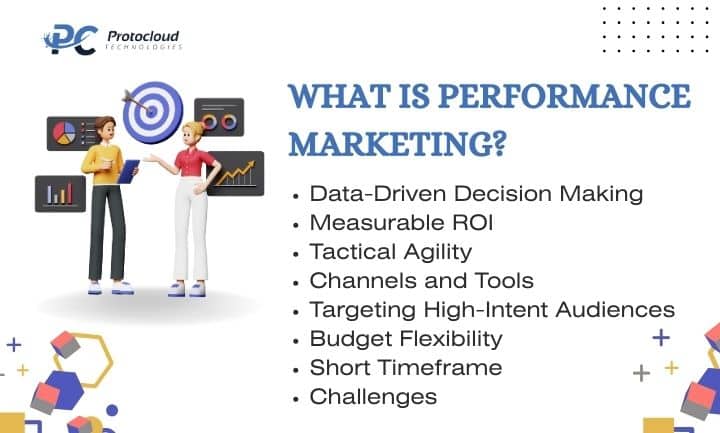
Performance marketing is a tactical, results-driven approach focusing on generating measurable, immediate actions, such as clicks, conversions, sales, or subscriptions.
- Data-Driven Decision Making: Unlike brand marketing, performance marketing relies heavily on data and analytics. Marketers track every click and conversion to understand campaign ROI and optimize campaigns on the fly.
- Measurable ROI: Every advertising dollar spent is directly linked to a measurable outcome. This allows marketers to calculate exactly how much is earned for each amount invested, improving budget efficiency.
- Tactical Agility: Performance marketing campaigns are designed for rapid testing and iteration. Marketers use A/B testing on ads, landing pages, and calls to action (CTAs) to optimize conversion rates and performance continuously.
- Channels and Tools: Common tactics include pay-per-click (PPC) advertising, paid social media ads, affiliate marketing, retargeting campaigns, and email marketing, all focused on driving specific user actions.
- Targeting High-Intent Audiences: Performance campaigns usually target audiences who are ready to take action, such as purchasing a product or signing up for a service, thus targeting the lower stages of the customer funnel.
- Budget Flexibility: Advertisers can scale budgets up or down quickly based on campaign success, allowing for better management of marketing spend in alignment with business goals.
- Short Timeframe: Results and adjustments happen quickly, often within days or weeks, making performance marketing ideal for businesses seeking immediate sales or lead generation.
- Challenges: Over-reliance on performance marketing can neglect brand-building, risking customer loyalty and reducing the long-term value of customers.
Key Differences Between Brand Marketing and Performance Marketing
| Aspect | Brand Marketing | Performance Marketing |
|---|---|---|
| Objective | Build brand equity, awareness, trust, and long-term loyalty | Drive immediate sales, leads, and measurable conversions |
| Focus | Emotional connection, storytelling, and brand reputation | Data-driven results, direct response, and quick ROI |
| Metrics | Brand awareness, sentiment, share of voice, customer lifetime value | CPA, CTR, ROAS, conversion rates, revenue generated |
| Tactics | PR, content marketing, influencer collaborations, event sponsorships | PPC ads, retargeting, affiliate programs, email campaigns |
| Timeframe | Long-term, aiming for sustained brand recall and loyalty | Short-term with quick feedback and results within days or weeks |
| Target Audience | Broad audience, including potential future customers | High-intent audiences ready to take action immediately |
| Budget | Often fixed or steady investment for brand-building activities | Variable and scalable budget tied to campaign performance |
| Campaign Adjustments | Less frequent, guided by overall brand strategy | Frequent real-time optimizations based on data |
| Content Style | Inspirational, value-driven, emotionally appealing | Persuasive, sales-oriented, action-driven |
Why Brand Marketing Matters for Long-Term Success
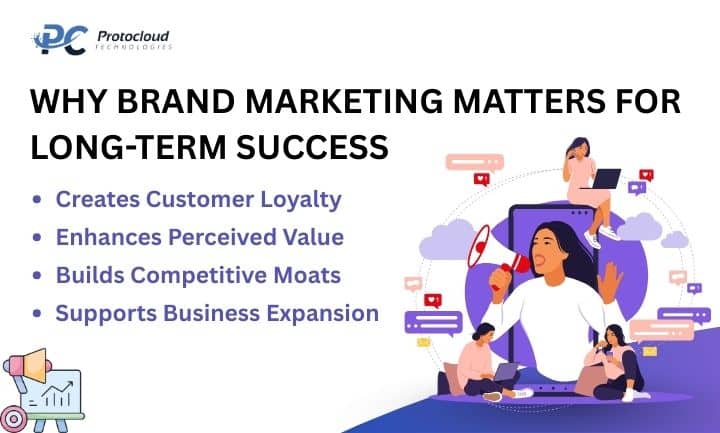
- Creates Customer Loyalty: Emotional connections and consistent brand experiences turn one-time buyers into repeat customers and advocates for the brand. Loyalty built through branding drives recurring revenue and reduces acquisition costs.
- Enhances Perceived Value: Brands with strong marketing can command higher prices and maintain margins, helping businesses grow sustainably.
- Builds Competitive Moats: A trusted and well-known brand can withstand market shocks, new competitors, or changes in pricing dynamics better than brands without strong identities.
- Supports Business Expansion: Strong brands make it easier to introduce new products or enter new markets, as customers are more likely to accept offerings from brands they trust.
Aspiring marketers and business leaders alike benefit from integrating educational resources such as a digital marketing course in Jaipur with hands-on experience. This combination helps build the analytical skills necessary to measure campaign success accurately while appreciating the nuances of consumer psychology embedded in brand marketing.
Businesses that engage with skilled digital marketing service teams gain access to specialized capabilities in data analysis, creative content production, and channel optimization, ensuring marketing efforts remain both impactful and accountable. This blend of education and professional execution supports sustainable growth and strategic agility.
The Immediate Impact of Performance Marketing
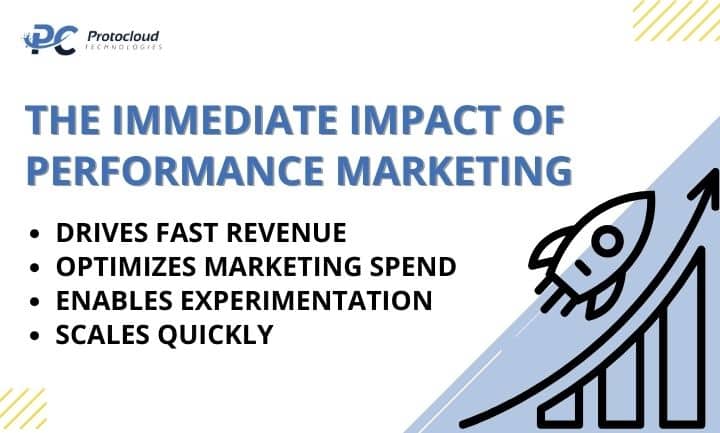
- Drives Fast Revenue: By focusing on bottom-of-funnel tactics like promotions and clear CTAs, performance marketing helps businesses quickly generate leads or sales.
- Optimizes Marketing Spend: With real-time metrics, marketers avoid wasted spend by shutting down underperforming ads and boosting high-performing campaigns.
- Enables Experimentation: The granular data from performance campaigns guide smarter investment choices and provide insights to refine targeting strategies continuously.
- Scales Quickly: Once a winning formula is found, successful performance campaigns can be scaled rapidly, taking advantage of market demand efficiently.
Why Both Brand and Performance Marketing Matter
- Brand marketing nurtures trust and emotional loyalty, creating strong foundations for long-term customer retention.
- Performance marketing drives immediate revenue and measurable business results, vital for cash flow and short-term growth.
- Overemphasizing performance tactics risks neglecting brand health, making it difficult to sustain customers beyond initial purchases.
- Solely building a brand without performance focus can delay tangible business outcomes and strain marketing ROI.
- Integrating both ensures a balanced strategy where brand equity supports performance campaigns, improving effectiveness and customer trust.
Benefits of Combining Brand and Performance Marketing
- Elevates Trust and Credibility: Strong brand presence makes performance ads more impactful by leveraging already established trust.
- Improves Campaign Efficiency: Data insights from performance marketing inform brand messaging adjustments for better audience resonance.
- Enhances Customer Journey Coverage: Engages consumers at different buying stages, guiding them from awareness to conversion smoothly.
- Maximizes ROI: Balances short-term sales goals with building ongoing brand value, sustaining growth through market fluctuations.
The importance of continuous learning through well-structured programs, like a digital marketing course in Jaipur, cannot be overstated in an industry that evolves rapidly.
Such courses often emphasize the significance of both storytelling and measurement, giving learners a balanced perspective of brand and performance marketing. For companies, collaborating with a reliable digital marketing service means access to strategic insights and technological tools that drive effective campaign management. This aligned approach promotes marketing efforts that are not only creative but also data-driven, maximizing value creation and audience engagement.
Additional Points on Integration and Strategy
- Content Marketing as a Bridge: High-quality content can both improve organic visibility and support paid campaigns, blending brand storytelling with direct calls to action.
- Retargeting Campaigns: Combining brand messages with performance retargeting creates layered engagement, reminding customers of the brand’s values while driving conversions.
- Multi-Channel Coordination: Using a mix of social media, search, display, and email ensures a comprehensive reach that nurtures brand affinity and captures intent-driven actions.
- Tracking Customer Lifetime Value (CLV): Beyond immediate conversions, integrating brand and performance marketing enhances CLV by fostering repeat purchases and advocacy.
Developing Dual Marketing Skills: How a Skills Matrix Helps
- Gap Identification: Skills matrices help marketers assess proficiency in key areas like analytics, content creation, digital ads, branding, and customer psychology.
- Personalized Learning Plans: Armed with a clear view of strengths and weaknesses, marketers can focus training where it matters most to develop well-rounded expertise.
- Strategic Alignment: Ensures teams understand how branding and performance contribute differently but complementarily to overall business goals.
- Improved Collaboration: Cross-functional teams can collaborate better when everyone understands the value and methods of both marketing approaches.
- Career Growth: Marketers with balanced skills in brand and performance marketing are more versatile, employable, and effective in today’s competitive digital landscape.
Skills Matrix Academy offers professional training and digital marketing service to help learners and businesses build these capabilities, preparing them for the competitive digital landscape.
In summary, strengthening marketing expertise through reputable education avenues like a digital marketing course in Jaipur and professional collaborations with digital marketing service providers equips marketers with the knowledge and resources to craft strategies that appreciate long-term brand value as well as immediate results. Such a balanced skill set underpins a marketing approach consistent with best practices acknowledged by industry standards and rewarded by modern search engines.


